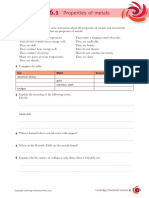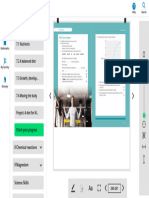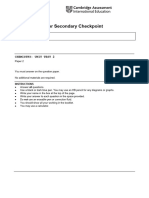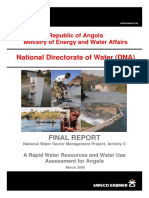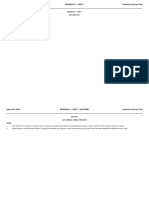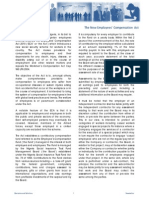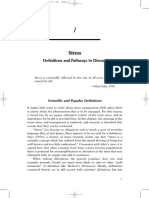100% found this document useful (1 vote)
340 views39 pages2.3 Why Elements React To Form Compounds
This document explains the structure of ions and atoms, detailing how ionic and covalent bonds are formed. It describes the stability of atoms with full outer electron shells and the processes of losing and gaining electrons to form ions, leading to the creation of ionic compounds. Additionally, it covers the sharing of electrons in covalent bonding, providing examples and diagrams for clarity.
Uploaded by
EllenBustillosCopyright
© © All Rights Reserved
We take content rights seriously. If you suspect this is your content, claim it here.
Available Formats
Download as PDF, TXT or read online on Scribd
100% found this document useful (1 vote)
340 views39 pages2.3 Why Elements React To Form Compounds
This document explains the structure of ions and atoms, detailing how ionic and covalent bonds are formed. It describes the stability of atoms with full outer electron shells and the processes of losing and gaining electrons to form ions, leading to the creation of ionic compounds. Additionally, it covers the sharing of electrons in covalent bonding, providing examples and diagrams for clarity.
Uploaded by
EllenBustillosCopyright
© © All Rights Reserved
We take content rights seriously. If you suspect this is your content, claim it here.
Available Formats
Download as PDF, TXT or read online on Scribd
/ 39























